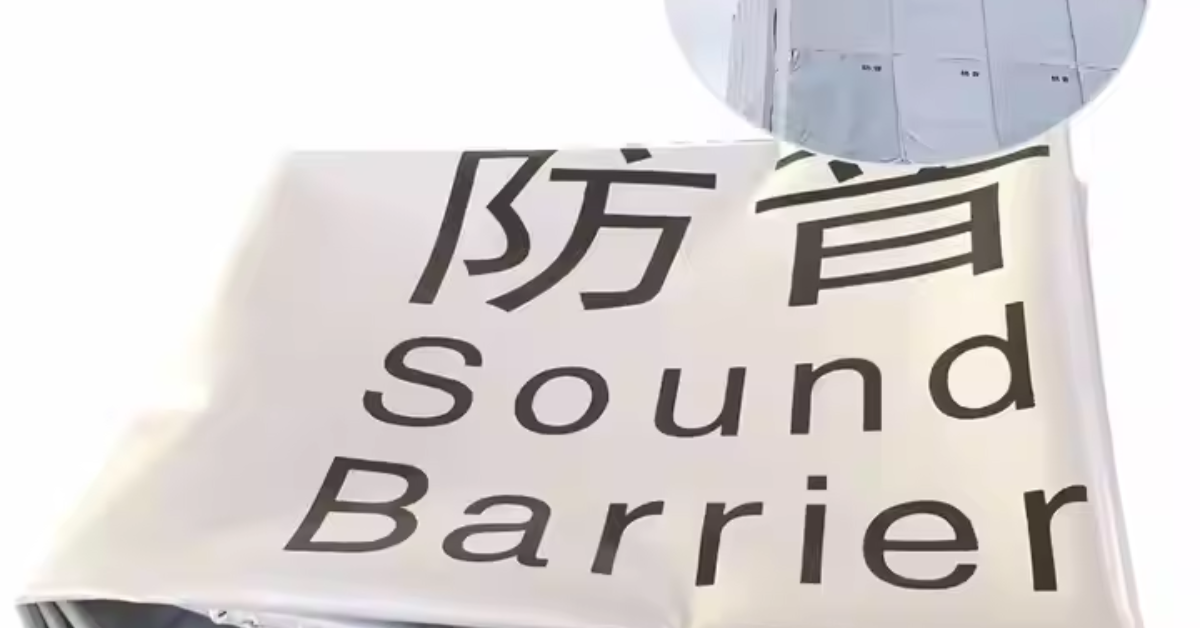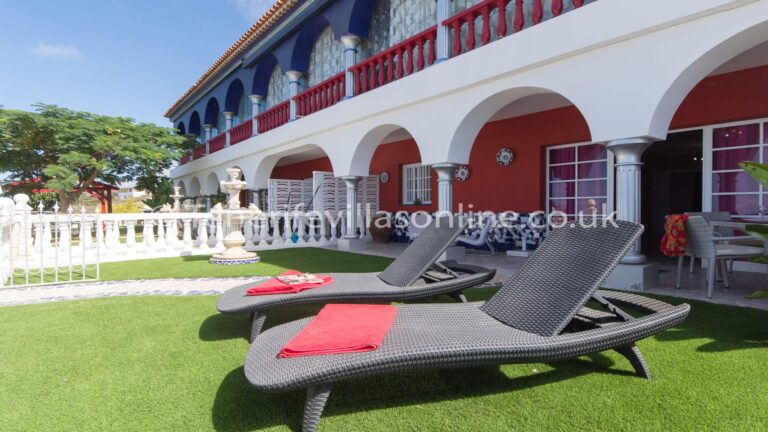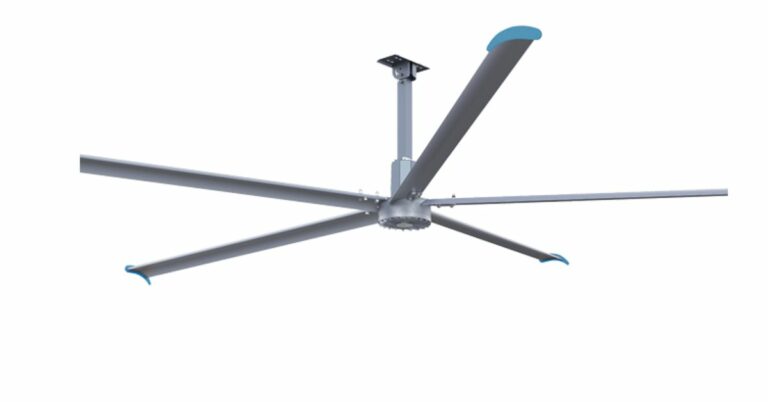Sound Barrier Sheet: Your Ultimate Solution for Noise Control and Acoustic Privacy
Noise pollution is one of the most overlooked environmental problems, affecting millions of people daily. Whether it’s the constant roar of traffic, the hum of industrial machinery, or the chatter from adjacent rooms, excessive noise can reduce quality of life, productivity, and even health. One of the most effective ways to combat noise is through the use of Sound Barrier Sheet.
This blog delves into what sound barrier sheets are, their benefits, types, applications, and important factors to consider when choosing the right product for your needs.
What is a Sound Barrier Sheet?
A sound barrier sheet is a material designed to reduce noise transmission by blocking or absorbing sound waves. These sheets are typically made from dense, flexible materials with high mass, which makes them effective at preventing sound from passing through walls, ceilings, floors, or outdoor barriers.
Unlike acoustic foam that primarily absorbs sound within a space, sound barrier sheets are designed to block noise transmission from one area to another.
Why Use Sound Barrier Sheets?
Excessive noise leads to many issues such as stress, reduced concentration, sleep disturbances, and hearing problems. Sound barrier sheets help mitigate these problems by:
-
Blocking unwanted noise: Dense materials stop sound waves from traveling through walls or open spaces.
-
Improving privacy: Reduce sound leakage between rooms or outdoor spaces.
-
Enhancing comfort: Create quieter environments in homes, offices, studios, or industrial settings.
-
Compliance with noise regulations: Helps businesses meet local environmental and workplace noise standards.
Materials Used in Sound Barrier Sheets
The choice of material determines the effectiveness of sound barrier sheets. Common materials include:
Mass Loaded Vinyl (MLV)
MLV is a popular choice due to its high density and flexibility. It is a thin, heavy vinyl sheet loaded with barium sulfate or calcium carbonate to add mass, making it highly effective in blocking sound transmission.
Rubberized Composite Sheets
Made with layers of recycled rubber, these sheets provide excellent noise blocking along with vibration dampening properties, ideal for industrial machinery enclosures.
PVC-Based Barrier Sheets
These sheets offer durability and weather resistance, making them suitable for outdoor sound barriers such as those used along highways or construction sites.
Multi-layer Acoustic Sheets
These combine dense barrier materials with foam or fabric layers to both block and absorb sound.
Key Applications of Sound Barrier Sheets
Construction and Renovation
During construction or renovation projects, sound barrier sheets can reduce noise leakage and contain construction sounds, minimizing disturbance to neighbors.
Industrial Noise Control
Machines and equipment generate loud noise; wrapping them or building enclosures with sound barrier sheets significantly lowers workplace noise levels.
Residential and Commercial Buildings
Used in walls, ceilings, and floors to improve soundproofing between rooms, apartments, or office spaces.
Outdoor Noise Barriers
Installed along roads, railways, or construction sites to reduce noise impact on surrounding areas.
Studios and Theatres
Help control sound transmission and improve acoustic quality for recording, broadcasting, and performances.
Advantages of Using Sound Barrier Sheets
-
High effectiveness: The dense, heavy nature blocks a broad range of frequencies.
-
Flexibility: Easy to cut and install on different surfaces and shapes.
-
Lightweight: Compared to concrete or masonry, they are easier to handle and install.
-
Durability: Resistant to moisture, mold, and many chemicals (depending on material).
-
Cost-efficient: More affordable than structural soundproofing solutions.
How to Choose the Right Sound Barrier Sheet
To maximize noise control, consider the following:
-
Frequency of Noise: Low-frequency sounds need heavier, denser materials. High-frequency sounds can be managed with thinner sheets or combined solutions.
-
Installation Location: Indoor applications may prioritize flexibility and thinness; outdoor barriers need weather resistance.
-
Space and Thickness Constraints: Choose sheets that fit your available installation space without compromising performance.
-
Fire and Safety Ratings: Ensure sheets comply with fire safety standards.
-
Acoustic Performance Specifications: Check ratings like Sound Transmission Class (STC) to ensure the sheet meets your noise reduction needs.
Installation Tips for Sound Barrier Sheets
-
Cover all gaps: Overlap sheets and seal edges with acoustic sealant to prevent sound leaks.
-
Secure firmly: Use appropriate fasteners or adhesives depending on the surface.
-
Combine with absorptive materials: For optimal sound control, combine barrier sheets with acoustic foam or panels.
-
Consult experts: Professional installation ensures better results and longevity.
-
Maintain regularly: Inspect for damage and replace sections if necessary to keep soundproofing intact.
Maintenance and Durability
Sound barrier sheets generally require little maintenance but should be periodically checked for tears, detachment, or wear, especially in outdoor or high-traffic environments. Cleaning depends on the material—some can be wiped with mild detergents, while others may need professional care.
Frequently Asked Questions (FAQ)
What is the difference between sound barrier sheets and acoustic foam?
Sound barrier sheets block sound transmission by adding mass and density, while acoustic foam absorbs sound within a space to reduce echo and reverberation.
Can sound barrier sheets be used outdoors?
Yes, specially designed weather-resistant sheets are suitable for outdoor applications such as highway noise barriers or construction site enclosures.
Are sound barrier sheets fire resistant?
Many sound barrier sheets are manufactured to meet fire safety standards, but it’s essential to check the specific fire rating of each product.
How thick are typical sound barrier sheets?
Most sound barrier sheets range from 1/8 inch to 1/4 inch thick, balancing mass and flexibility for ease of installation.
Can I paint or decorate sound barrier sheets?
Some sheets can be painted with flexible paints, but it’s recommended to verify with the manufacturer to avoid compromising acoustic properties.
Conclusion
Sound barrier sheets are a practical, cost-effective, and versatile solution for managing noise pollution in many environments. Whether you’re aiming to reduce industrial noise, improve home acoustics, or create outdoor noise barriers, these sheets offer excellent sound-blocking performance with ease of installation.
By selecting the right material and ensuring proper installation, you can create a quieter, more comfortable space while complying with local noise regulations.







